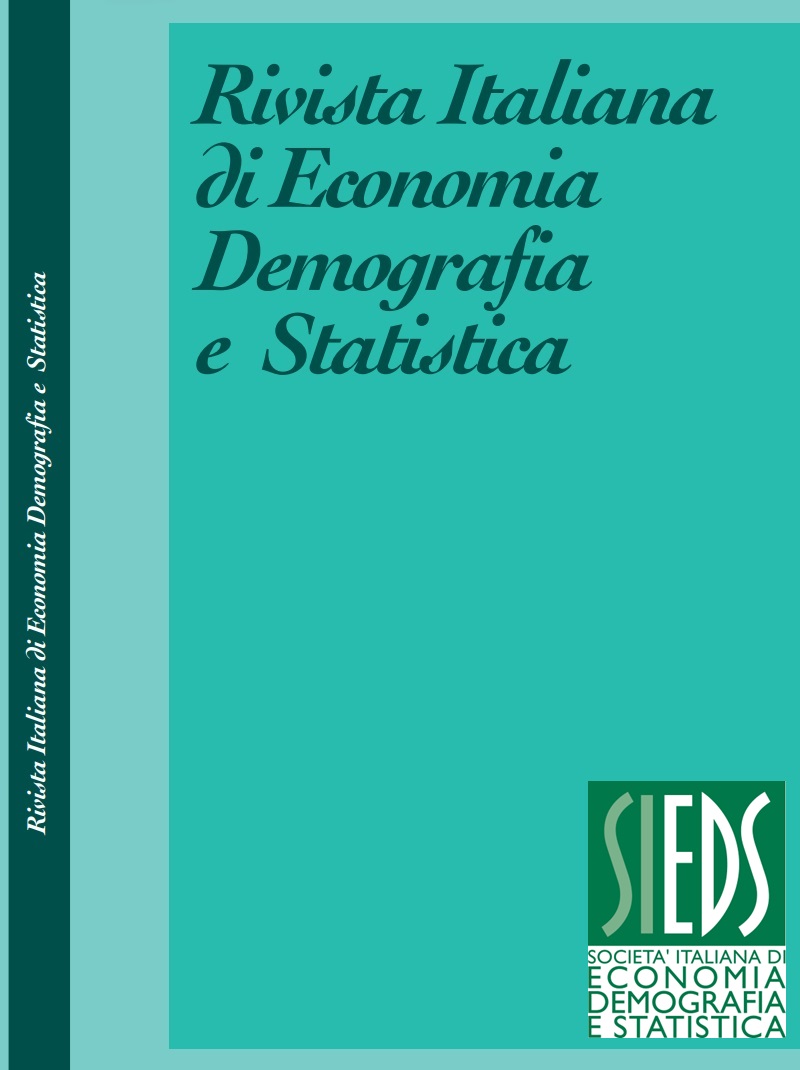Evolution of homicidal violence in Italy: the end of Mezzogiorno’s exceptionalism?
DOI:
https://doi.org/10.71014/sieds.v78i2.262Abstract
The homicidal violence of Mafia-type gangs has been the primary cause of the Mafia legend and has prompted the publication of numerous studies, which, however, have provided conflicting hypotheses about the determinants of this criminal phenomenon. The persistence, in Italy’s Mezzogiorno, the traditional Mafia’s turf, of a high rate of homicides has, in particular, attracted worldwide attention. The present study aims to analyse the evolution of Mezzogiorno’s homicides and elucidate its causes. The analysis is based on panel data covering 4 decade cross-province time series. The time series showed a drop in Mezzogiorno’s homicide rates. The longitudinal models, in turn, showed that this drop has been associated with structural changes that occurred in Mezzogiorno, particularly with the momentous rise in the youth’s education and a surge in State enforcement. At the end of the time frame considered, the gap in terms of homicide rates between Mezzogiorno and the rest of Italy evaporated. Mezzogiorno’s rate became lower than the average rate for West European countries, ending the long-lasting Mezzogiorno’s exceptionalism in terms of homicidal violence.
Downloads
Published
Issue
Section
License
Copyright (c) 2024 Claudio Caterino, Luigi M. Solivetti, Franco Turetta

This work is licensed under a Creative Commons Attribution 4.0 International License.



